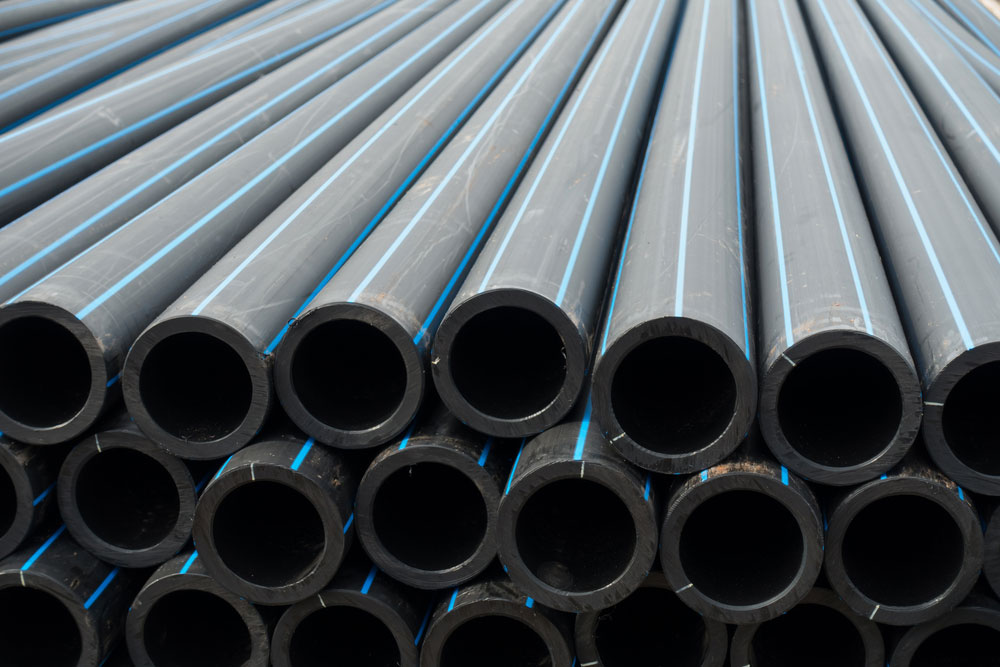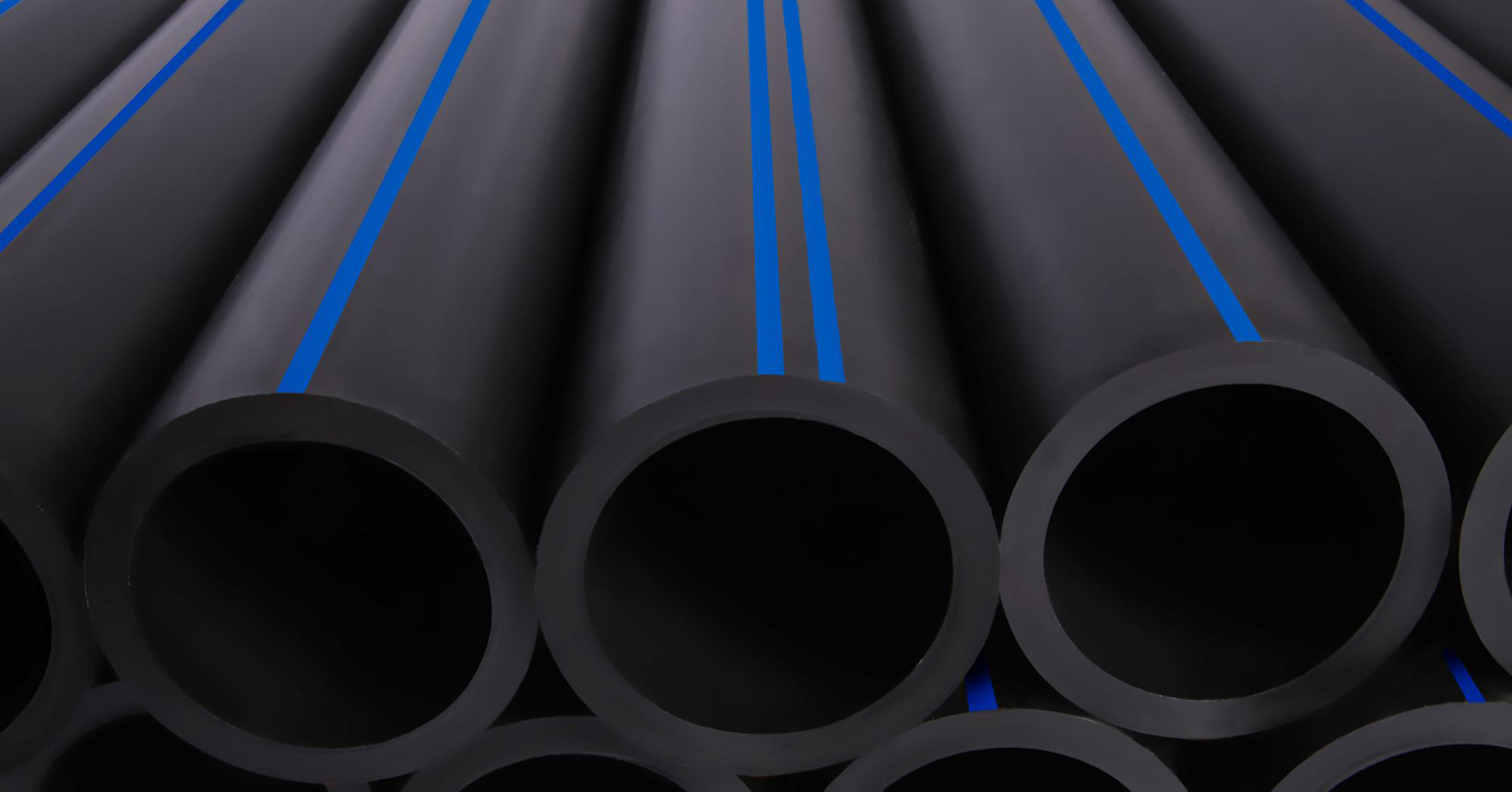Recognizing the Key Perks of HDPE Pipeline for Water and Wastewater Monitoring
The usage of HDPE pipeline in water and wastewater monitoring provides various benefits that warrant consideration. Its phenomenal longevity and lengthy life expectancy make it a favored option for several tasks. Furthermore, the material's resistance to deterioration and chemical damage improves its reliability in different atmospheres. Nonetheless, the advantages prolong beyond just durability and resistance. Discovering its cost-effectiveness and environmental effect exposes also much more engaging factors for its extensive fostering in modern infrastructure
Remarkable Resilience and Durability

HDPE pipe stands apart for its outstanding longevity and longevity, making it a preferred option in water management systems. Created from high-density polyethylene, these pipelines can hold up against considerable stress and anxiety, making certain reputable performance over time. Their durable nature allows them to endure extreme ecological conditions, consisting of temperature fluctuations and soil movements, which can create various other products to stop working.
The lifespan of HDPE pipes commonly exceeds 50 years, supplying an economical remedy for communities and markets alike. Additionally, the product's lightweight homes streamline setup, decreasing labor expenses and timeframes. This toughness decreases the need for constant repairs or substitutes, further enhancing its financial allure.
In water management applications, the dependability of HDPE pipes means less disturbances and enhanced solution connection, making them indispensable to lasting facilities growth. The mix of resilience and longevity solidifies HDPE's function as a cornerstone in efficient water monitoring solutions.

Resistance to Corrosion and Chemical Damages
While numerous materials catch deterioration and chemical damage over time, HDPE pipes exhibit remarkable resistance, making them ideal for different water monitoring applications. This strength stems from the molecular framework of high-density polyethylene, which is naturally non-reactive and does not rust like steels or degrade from direct exposure to extreme chemicals. Because of this, HDPE is very efficient in environments with aggressive substances, such as wastewater systems that may consist of acids, bases, and natural solvents.
Furthermore, HDPE pipes can stand up to ecological factors such as soil level of acidity and saline conditions, additionally enhancing their viability for diverse applications (hdpe pipe suppliers Midland TX). Their ability to preserve architectural honesty over time decreases the threat of leaks and failures, which is critical in making certain the safety and reliability of water distribution and wastewater monitoring systems. Consequently, the resistance to rust and chemical damage significantly contributes to the overall efficiency and longevity of HDPE piping services
Cost-Effectiveness and Economic Benefits
When considering the monetary implications of water administration systems, the cost-effectiveness of HDPE pipelines becomes evident. These pipelines provide reduced installment and upkeep costs compared to traditional materials like steel or concrete. Their light-weight nature simplifies transportation and installation, causing reduced labor costs. In addition, HDPE pipelines show a long life expectancy, often surpassing 50 years, which equates to less replacements and long-term cost savings.
Furthermore, the resistance of HDPE to rust and chemical damages minimizes the demand for costly repairs and substitutes. The pipelines also support efficient water flow, minimizing power costs connected with pumping systems. By mitigating leaks and water loss, HDPE pipes contribute to considerable financial benefits for municipalities and markets alike. On the whole, the initial financial investment in HDPE piping can generate considerable financial returns over the life-span of the water management system, making it a sensible selection for sustainable infrastructure advancement.
Ecological Sustainability and Minimized Effect

Versatility and Adaptability in Installment
Due to the fact that of their special buildings, HDPE pipelines use amazing flexibility and adaptability in installation, making them suitable for a vast array of applications. Their light-weight nature permits much easier handling and transportation, lowering labor expenses and installment time. HDPE pipelines can be curved and formed to fit numerous terrains and task demands, which is specifically valuable in testing settings.
Furthermore, their resistance to corrosion and chemical damages permits setup in diverse setups without the demand for specialized protective finishes. The ability to fuse joints develops a continuous, leak-free system, improving the general integrity and integrity of the installation. HDPE's adaptability likewise accommodates ground motion, lowering the threat of damages in locations susceptible to changing soil. Generally, these attributes make HDPE pipelines not only flexible however likewise a recommended option for water and wastewater monitoring systems.
Frequently Asked Inquiries
How Does HDPE Pipe Contrast to PVC in Water Administration Applications?
HDPE pipeline provides premium adaptability, resistance to rust, and resilience contrasted to PVC. Its lighter weight helps with easier installment, while its long life-span minimizes substitute prices, making HDPE a recommended selection in water management applications.
What Is the Life Expectancy of HDPE Water Lines Under Regular Conditions?
Under regular problems, HDPE pipelines can have a lifespan varying from 50 to 100 years. Their durability and resistance to deterioration add to their long-term performance in various applications, making them a reliable selection for framework.
Are HDPE Piping Recyclable After Their Life Span?
Yes, HDPE pipes are recyclable after their life span. Pipe Supplier American Plastics Midland. They can be processed and repurposed right into new items, significantly decreasing environmental effect and promoting sustainability within the sector, making them an eco-friendly selection for piping options
What Is the Setup Process for HDPE Pipes?
The installment process for HDPE pipes entails site preparation, trenching, pipe fusion or mechanical joining, backfilling, and pressure screening. Appropriate strategies ensure a sturdy and efficient system for delivering water and wastewater efficiently.
Can HDPE Pipes Be Utilized for Both Potable and Non-Potable Water Solutions?
Yes, HDPE pipelines can be utilized for both safe and clean and non-potable water supply. Their flexibility, sturdiness, and resistance to deterioration make them ideal for various applications, guaranteeing secure and efficient transport of water in different contexts.